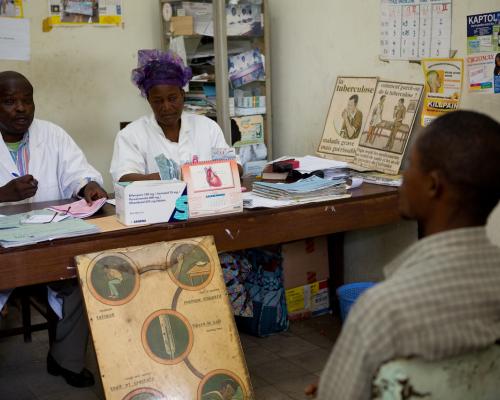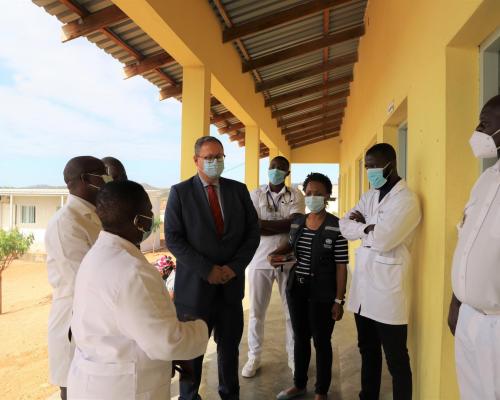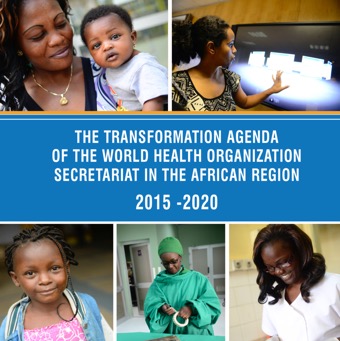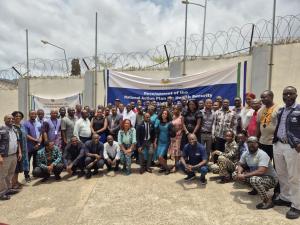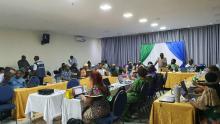Sierra Leone advances health security with development of second National Action Plan (NAPHS 2025–2029)
Freetown, Sierra Leone – Sierra Leone moved a step further in strengthening the national health security system with the validation of the second National Action Plan for Health Security (NAPHS) 2025–2029. The multi-year strategic plan, developed through multi-sectoral engagement and with support from the World Health Organization (WHO), aims to enhance the country’s capacity to prevent, detect, and respond to public health emergencies.
A three-day workshop, held from 9 to 11 April 2025 at the New Brookfields Hotel in Freetown, marked the final stage of the development process. Participants reviewed and validated the draft NAPHS 2025–2029, prioritized activities for the first two years (2025-27) based on their potential to improve Sierra Leone’s Joint External Evaluation (JEE) scores and conducted a resource mapping exercise for the identified priorities.
“This plan is a clear demonstration of Sierra Leone’s commitment to protecting the health and well-being of its people,” said Dr. Mustapha Jalloh, Emergency Preparedness and Response Unit Lead at the National Public Health Agency (NPHA). “By prioritizing actions with the greatest impact on our health security capacities, we are laying a solid foundation for a resilient and responsive health system.”
The NAPHS is a core component of Sierra Leone’s obligations under the International Health Regulations (IHR 2005), a legally binding framework for all WHO Member States that requires the development of essential public health capacities. Sierra Leone’s first NAPHS (2018–2022) was guided by the findings of the country’s first JEE conducted in 2016, which highlighted capacity gaps across 19 technical areas spanning the One Health sectors.
The second JEE, conducted in 2023, assessed the country’s current IHR implementation status and served as the basis for developing the new five-year strategic plan. The updated NAPHS reflects a coordinated, evidence-based approach, drawing on lessons learned from the previous cycle and aligning with global standards using the revised WHO IHR Benchmarks Tool.
Dr. Robert Musoke, WHO Emergency Preparedness and Response Cluster Lead, praised the collaborative efforts behind the plan:
“The development of the NAPHS 2025–2029 reflects strong national leadership and inclusive engagement across sectors. WHO remains committed to supporting Sierra Leone in operationalizing this plan and building sustainable, long-term health security capacities.”
The development process began with a high-level multi-sectoral workshop in August 2024, which brought together more than 100 stakeholders from government ministries, departments and agencies, international organizations, academic institutions, and civil society. Over the course of the process, participants conducted a detailed review of the previous NAPHS and the 2023 JEE findings, and collaboratively identified key objectives, activities, and priority areas.
Technical and financial support for the development of the NAPHS was provided by WHO.
With the plan now finalized, Sierra Leone is poised to implement a set of targeted and well-resourced interventions over the next two years, setting the stage for measurable progress in strengthening health security and enhancing IHR core capacities.
WHO will continue to provide technical assistance and work closely with national authorities and partners to support implementation, monitor progress, and facilitate the sustainability of health security investments.
